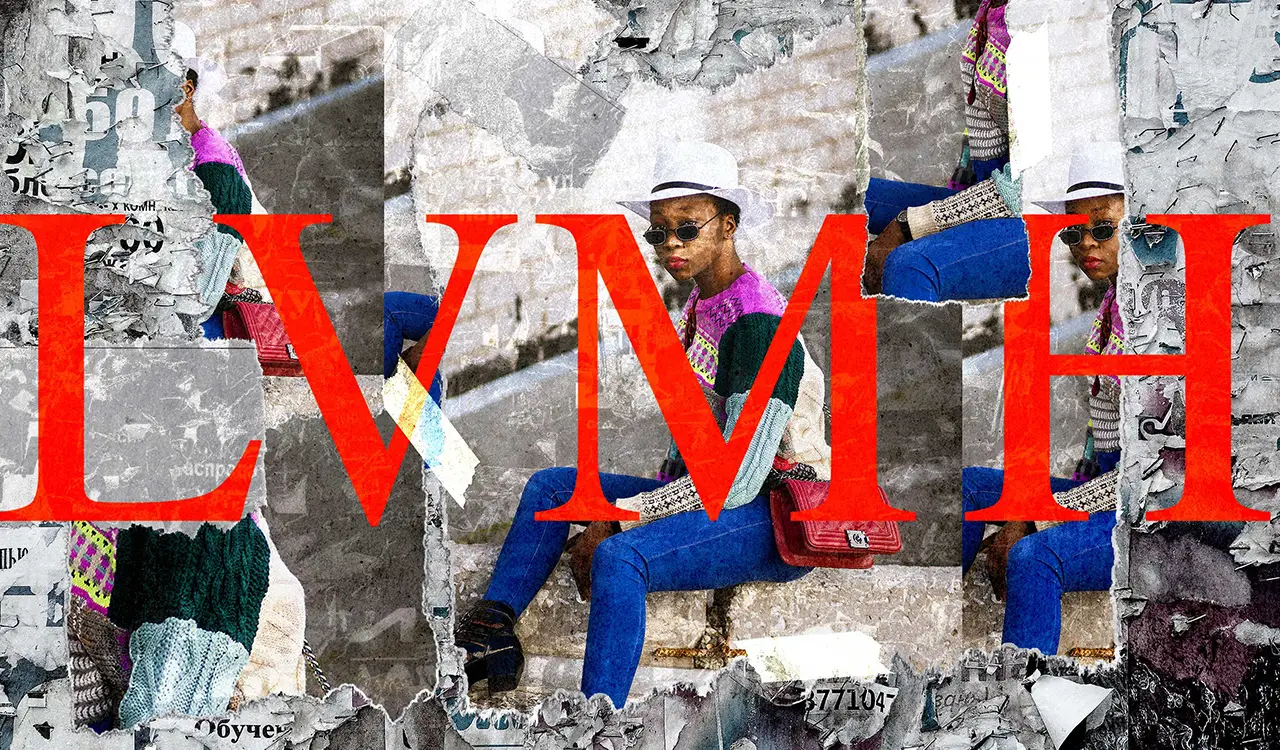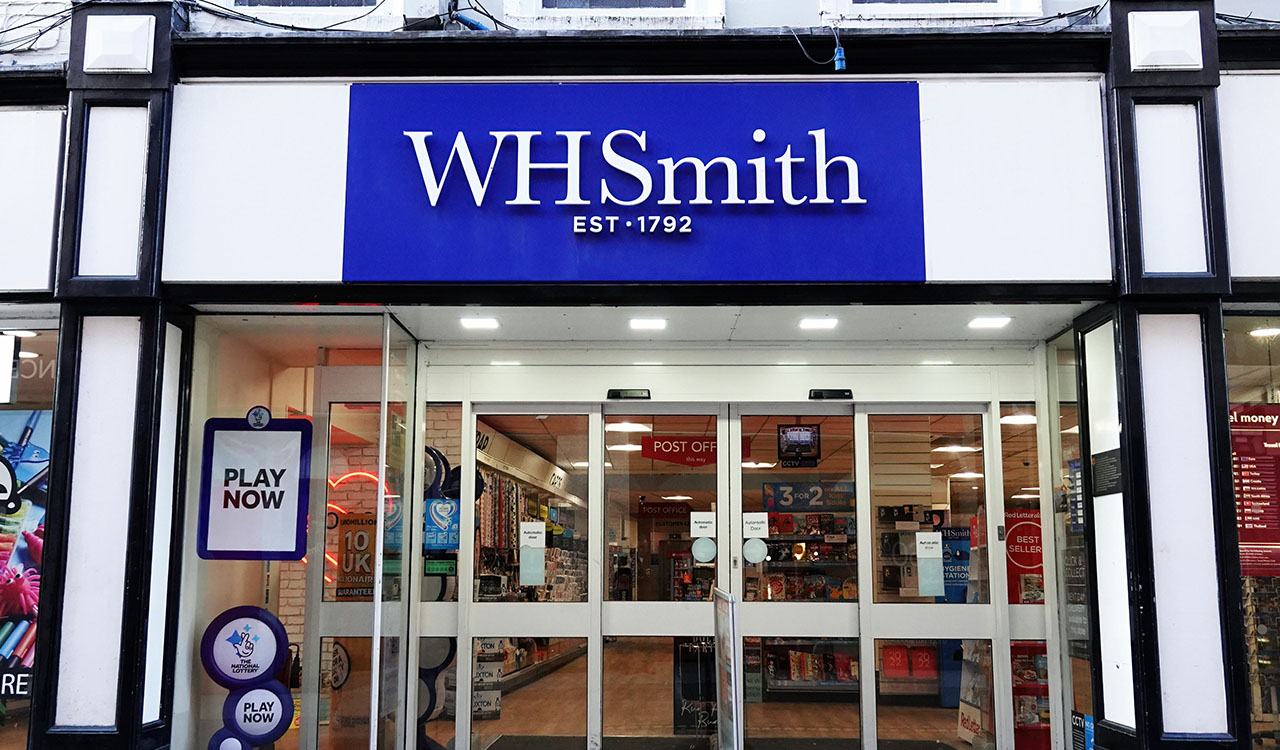Whether culture shapes brands or brands shape culture is a chicken or egg question. Both are inextricably linked, and a review of the academic literature doesn’t help tease out which comes first. Rather, the research focuses on how culture influences consumer’s perceptions of brands, not the role that brands play in influencing culture.
Most luxury fashion brands have a tenuous hold on popular perception and have to reinvent themselves every season to please trend-driven customers. Yet a rare few have established a prominent place in the cultural milieu, including Hermès, Chanel and LVMH’s Louis Vuitton and Christian Dior. Their archetypal identities have been established not just through marketing and advertising, storytelling and legacy but with ties to the arts, creative culture and prominent cultural icons made famous through the media.
Bernard Arnault, the mastermind behind the luxury juggernaut LVMH with a market cap of $475 billion and one who regularly swaps the title as the world’s richest man between Jeff Bezos and Elon Musk, seems to have found the answer. He is taking LVMH to the next step to shape pop culture.
He birthed the chicken – LVMH and its 75 Maisons of luxury brands – and now he is working on the egg – growing his empire of media properties and extending reach into Hollywood’s pop culture-defining entertainment industry.
Cultural Connections
Unlike other brands deeply embedded in popular culture, think Coca Cola, Levi’s, Apple or Nike, luxury brands operate on a different level. Because they live at the pinnacle of the market pyramid, luxury brands are by definition psychologically aspirational for most consumers.
Like other brands, luxury is a means for self-expression, but they come loaded with additional messages that resonate in a broader societal context signaling wealth and social status. At their core, luxury as a concept is a social construct framed by individual brands, widely recognized and often coveted. And not all luxury brands signal equally. Driving a Mercedes Benz sends one signal about the owner, driving a BMW, an Audi or a Landrover another.
Most luxury fashion brands have a tenuous hold on popular perception and have to reinvent themselves every season to please trend-driven customers. Yet a rare few have established a prominent place in the cultural milieu, including Hermès, Chanel and LVMH’s Louis Vuitton and Christian Dior. Their archetypal identities have been established not just through marketing and advertising, storytelling and legacy but with ties to the arts, creative culture and prominent cultural icons made famous through the media, personified by actors, artists and other prominent individuals and tastemakers.
Luxury has a co-dependent relationship with its loyal customers and pop culture at large, and Bernard Arnault knows better than anyone how to make it work for his and his luxury brands’ benefit. He is becoming an influential content impresario.
Arnault’s Media Empire
Arnault has been acquiring media properties since the early 90s, according to testimony he gave before the French Senate in 2022. The titles cover finance, daily news and classical music, including Les Echos, Le Parisien, Connaissance Des Arts, Investr and Radio Classique. They report under LVMH’s Other Activities segment, along with the company’s hospitality holdings, and are a rounding error in the company’s $94 billion (€86.2 billion) balance sheet.
Other Activities brought in a mere $353 million (€324) last year and lost more, $446 million (€409 million). Nonetheless, Arnault wants to add Paris Match to his media empire. Match is a weekly lifestyle magazine heavy on political and celebrity profiles. It’s known for the quality of its photojournalism, so Paris Match has natural ties to image-heavy luxury brands.
Arnault is said to be offering over $100 million to acquire Paris Match from parent company Lagardère. Business and political advisor Alain Minc shared with WSJ that owning media properties is a way for their owners to “feel the vibrations of society.” Instead, it’s a way for them to set the cultural vibrations in motion.
Strengthening Ties to Hollywood
In another culture-shaping move tied more directly to advancing the interest of LVMH’s luxury brand holdings, it just launched a division dedicated to deepening ties with the entertainment industry. It’s called the 22 Montaigne Entertainment group under Anish Melwani, chairman and CEO of LMVH North America. The group is partnering with U.S.-based Superconnector Studios to extend LVMH’s reach into audio, television, movies and other media.
The goal of 22 Montaigne Entertainment is to give producers a single point of contact to LVMH brands through the conduit of Superconnector Studios, whose stated mission is to help brands to “find new ways to reach customers and drive revenue in a world where ads have never been popular.”
Superconnector Studios was founded about a year ago by advertising veteran Jae Goodman and former CAA agent and producer John Kaplan. Positioned as a strategic business consultancy, not an advertising or production company, Goodman told Fast Company: “I think the real goal for Superconnector Studios is about making content that both attracts and engages a part of the overall business strategy for everyone from the largest companies in the world to startups by really leveraging the experience, expertise, and [industry] connections that we’ve developed over 20 years at the intersection of advertising and entertainment.”
Superconnector will work hand in hand with LVMH’s Melwani to go beyond product placements to content creation. Melwani was inspired by watching the Dior and I documentary he caught early on in his days with LVMH on a flight from Paris to his New York base – he joined LVMH in 2016 after working 16 years as a McKinsey senior partner. Having had similar projects cross his and other executives’ desks in the past — a film based on the Tilar J. Mazzeo book, The Widow Clicquot and a documentary on Tiffany & Co — it was time to create an easy way for producers to access LMVH brands and lend their creative storytelling expertise to the brands. “There are great storytellers in the entertainment business who are interested in telling stories that are connected to each Maison; we want to make it a little easier for them to find us,” he shared with Deadline, adding, “Entertainment storytelling is a different métier, a different skill than what we are good at.”
He knows the value to LVMH of blending the entertainment industry’s storytelling skill set with the company’s own product and marketing-specific storytelling skills. Describing 22 Montaigne Entertainment as an “experiment,” he doesn’t see LVMH going to Hollywood with its checkbook open to finance productions. Rather, Superconduct Studios are opening the door for producers to come to LVMH with their creative ideas. And given the autonomy that each of the LVMH Maison’s have in controlling their brand image and operations, they will make the final decision about moving a project forward, or not.
“22 Montaigne Entertainment is going to be an organizing vehicle to get projects from great storytellers to the right Maison,” Melwani said. “All the creative decisions, even the decision to participate or not, will stay with our Maisons because we incentivize them and we structure it so that they are the keepers of their Maison’s DNA, heritage and IP.”
Brand Storytelling Goes to the Next Level
The formation of 22 Montaigne Entertainment follows LVMH’s chief rival, Kering owner Francois-Henri Pinault’s purchase of a majority stake in Hollywood’s premiere talent agency Creative Artists Agency (CAA). The Pinault family holding company, Artemis, purchased 53 percent of CCA shares from private equity firm TPG, though no financial deals were reported.
Kering, which owns Gucci, Balenciaga, Yves Saint Laurent and now a 30 percent share in Valentino, is an also-ran compared to LVMH, generating $21 billion (€19.6 billion) last year and with a compound annual growth rate (CAGR) of 3.4 percent from 2019 to 2023 compared with LVMH’s 10.6 percent.
And the Pinault CCA investment is a more traditional model, while LVMH’s alignment with Superconnector Studios is more ground-breaking, offering an innovative new ecosystem to engage with the entertainment industry.
Rising Star
Melwani admits that at these early stages 22, Montaigne Entertainment doesn’t yet have a clear vision for where it might be in ten years. He and his team will learn as they go, under the expert guidance of entertainment insiders like Superconnector’s Goodman and Kaplan. But one thing is certain: it is intended to extend the reach of LVMH and its stellar cast of luxury brands deeper into culture.
“At LVMH, we view each Maison as a house of stories, a distinct creator of culture. We embrace the belief that these narratives are meant to be experienced rather than simply told and our goal is to further leverage premium entertainment as a means to share the richness of these tales with our consumers,” Melwani concluded.





